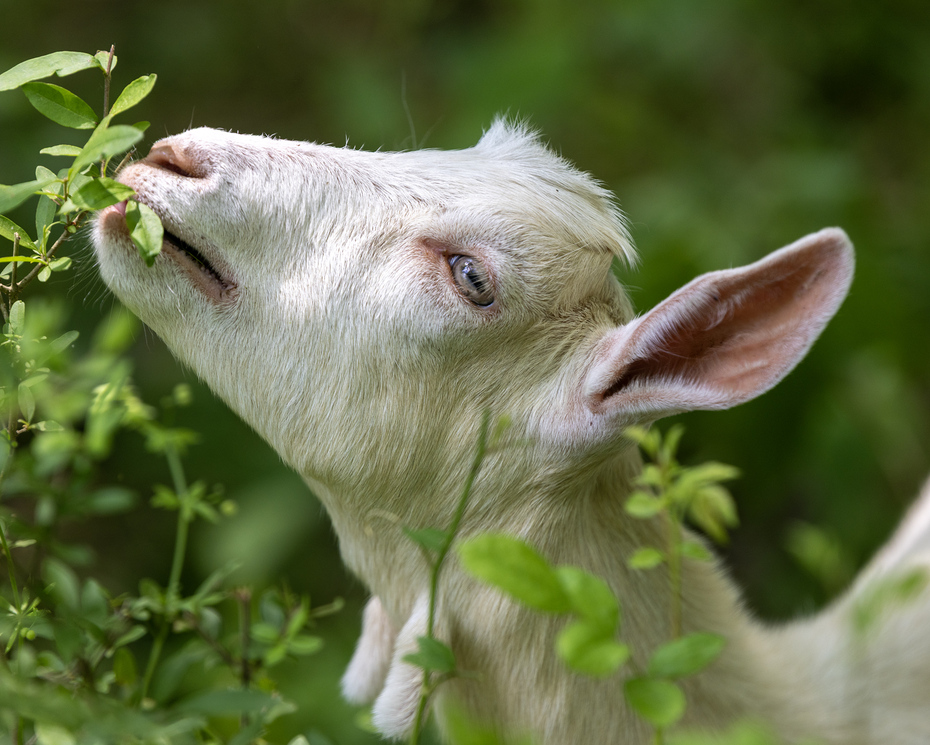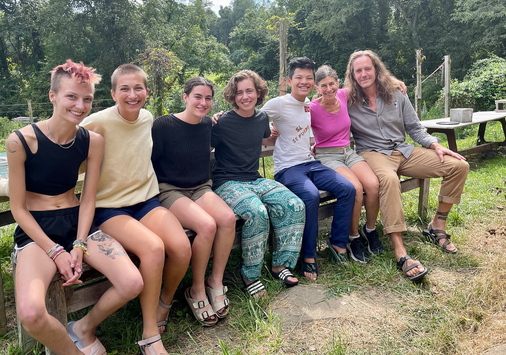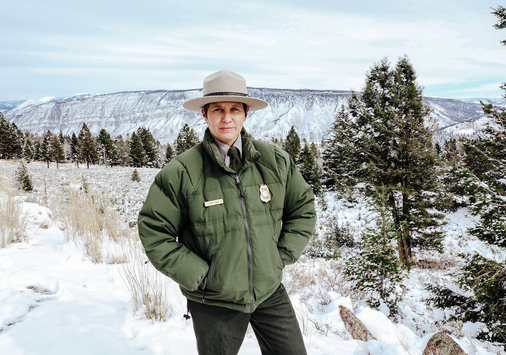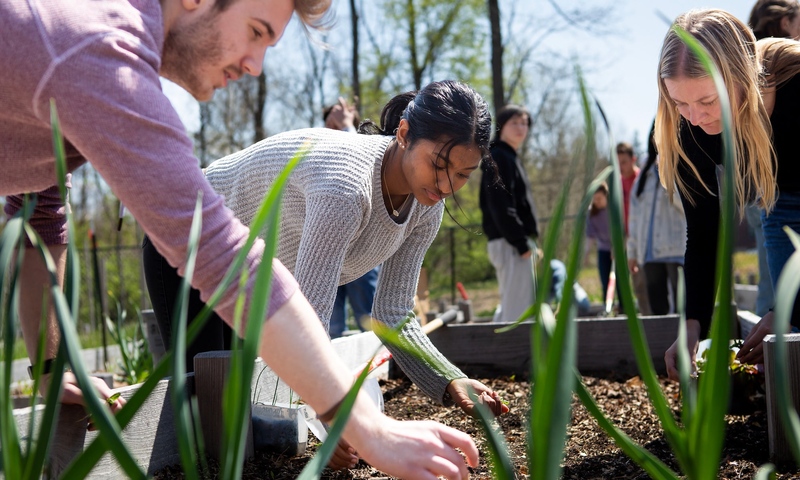On a windy March afternoon, Professor Doug Spieles and students from his Restoration Ecology class headed to Denison’s Biological Reserve (Bio Reserve) armed with gloves, water bottles and a few hand tools. Their goal: Learn about invasive species and how to eradicate them.
Invasive species have enjoyed a free rein in the Bio Reserve’s 350 acres. The land lab, established in 1966, is comprised of former farms, timberland and pastures. It’s home to 109 species of trees, 135 bird species, and more than 50 species of amphibians, reptiles and mammals. Streams wander through the woods and fields, three ponds dot the landscape, and eight miles of walking trails criss-cross the land.
The Bio Reserve is also home to several invasive species, including woodland and bush honeysuckle, privet, multiflora rose, oriental bittersweet, Japanese barberry and buckthorn.
Spieles and his students met with local volunteers, Denison Sustainability Director Jeremy King, and experts* from the U.S. Fish and Wildlife Service, Dawes Arboretum and Ohio Native Concepts.
Each expert took a group into the Bio Reserve. They observed native and invasive flora, and discussed best practices to manage the land, including techniques for removal and control of invasives, and opportunities for what and whether to replant.
There will be more opportunities to get involved says, King. “We’re already planning something for Earth Week in April.”
*Experts at the lab:
- Brent Sodergren - U.S. Fish and Wildlife Service
- Ryan Morr - U.S. Fish and Wildlife Service
- Michael Keeler - Ohio Native Concepts LLC
- Emma Farmer - Dawes Ecosystems Manager
- Natalie Truini - Dawes Americorps Volunteer






